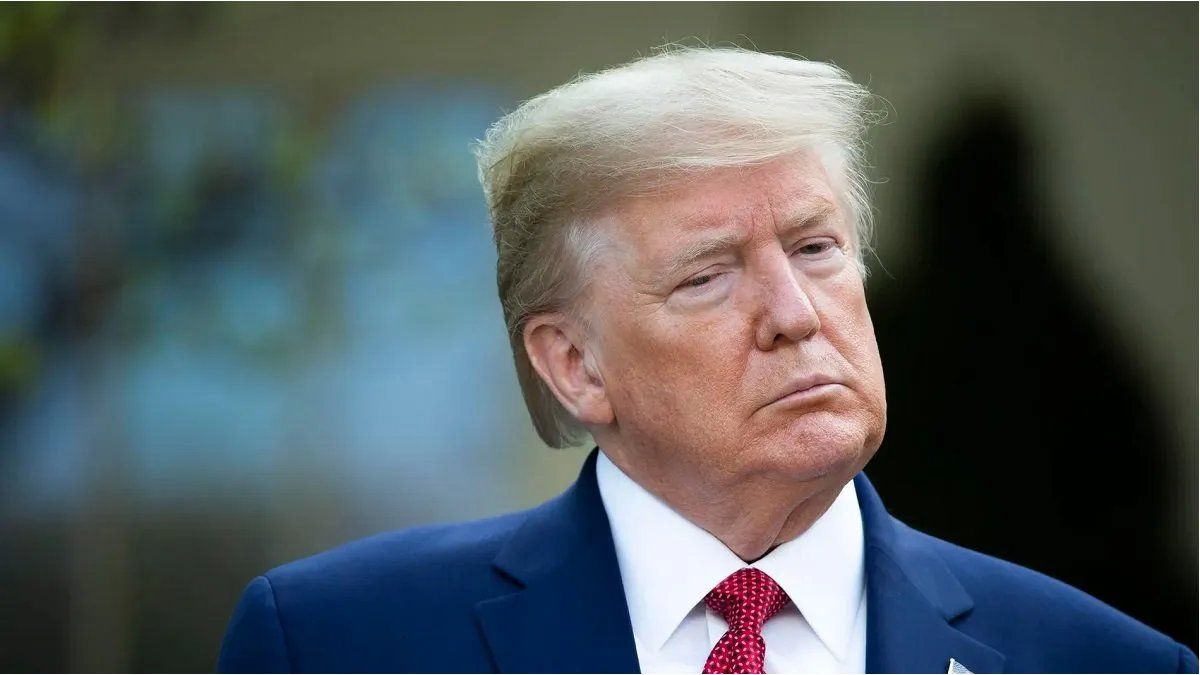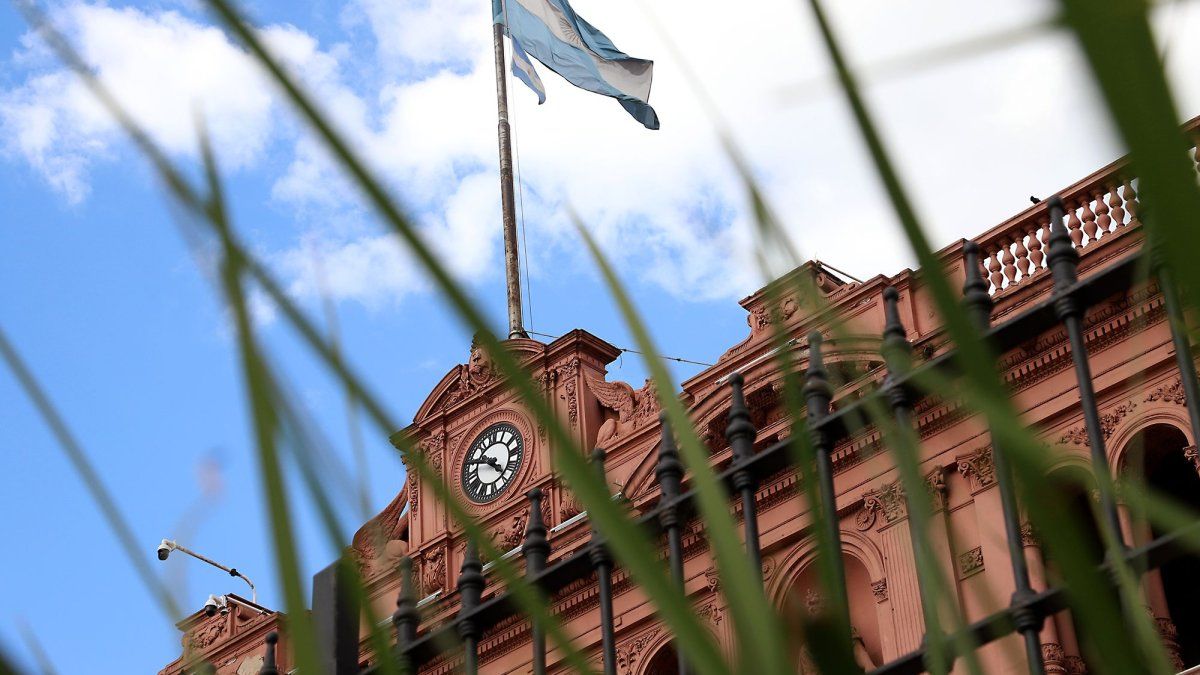The reformulation of Mercosur, the agreement with the EU, and the entrance to the OECD, were delayed. Macri’s electoral strategy continued to be trying to tie up the economy by controlling the dollar and the general increase in prices. Of course, the demonization of Cristina Kirchner was invariable in terms of frightening the developed world. Congress projected to be the year with the least enactment of laws since 1983. Macri was not interested in anything, he was only concentrating on the election.
The trials against Cristina Kirchner began at the end of May 2019, with no possibility of a final conviction in the first instance before June 22, when the candidacies would be made official. The government acknowledged that the polls in April had been unfavorable, but expected a magical recovery in May. The political agreement with the opposition was a good idea for a democratic government, which would have had a dialogue with the opposition, but for the Macrista government it left the same spontaneous and poorly carried out mark that characterized it.
The trade unionism was divided into two blocks, between the strike and the negotiation for the social works. Social movements were winning the streets to negotiate, the government was trying to improve relations with the Church.
With a month to formalize alliances, it was not clear either the articulation of the third space, or the alliances of Cambiemos, or the officialization of the candidacies of Cristina Kirchner, Macri and Roberto Lavagna.
The twin deficits of Macrismo climbed up to 11.3% of GDP in the second quarter of 2018with the consequent increase in country risk, the risk premium and the end of adventurous financing, in January 2018. Faced with the amputation of external credit, pressure on the exchange rate and plummeting reserves, full recession and a rising inflation, the government had to run to the IMF.
In June, Argentina obtained a stand-by loan for US$50 billion and committed to fiscal targets, inflation targets, a floor for net international reserves, and a monetary-neutral Lebacs disarmament program. Despite the magnitude of the financial aid, it did not work.
The IMF missed the mark, the country risk did not drop, the capital market did not reopen and doubts about the 2019 financial program increased. The Macrista government went too smart again and was on the way to not meeting the agreed goals. In particular, he believed that the international reserves target was negotiable, if necessary. The country risk continued to climb to 780 basis points. The exchange rate devalued to $40, even with strong sales of government dollars and with an annual interest rate of 60%. Inflation skyrocketed, reaching 6.5% monthly in September 2018 and climbing to almost 70% annualized. Faced with the event, a basic economic plan was launched to remove the ghost of default in 2019truncate the permanent devaluation with a pass to prices and, keep the ruling party in the electoral race.
The IMF’s support for the government was forceful, the loan was extended to US$57 billion and disbursements were accelerated to US$40 billion, or what represented 70% of the total. All those dollars would be authorized until March 2019. In exchange, the government got engaged with a fiscal goal of zero primary deficit in 2019 and a surplus of 1% of GDP in 2020 (when they would no longer be)a harsh monetary policy of “almost zero” issuance until June 2019, and then very moderate expansions, plus a floor of net international reserves and free exchange rate float, where the government insisted and the IMF gave in, and a system of exchange bands was established spacious.
So The “IMF II agreement” initially served to avoid a terminal crisis, in which the Cambiemos government would have to end up like the Fernando De la Rúa government. But once the urgency was resolved, the bet of the Government and the IMF was that the plan would generate a virtuous circle, with the drop in country risk due to the elimination of the risk of some type of default in 2019, plus the lack of pesos, the high interest rates and a competitive real exchange rate, higher than the historical average, would thus curb the demand for dollars for hoarding and tourism, and the dollar would float without such abrupt jumps. Good people, thanks…
According to this reasoning, the scarcity of pesos, together with a more stable exchange rate, would contribute to disinflation, with a rapid anchoring of inflationary expectations, and all this would result in the possibility of issuing more if the nominal exchange rate broke through the band. established lower rate, with lower interest rates. Of course that didn’t happen. In mid-February, the country risk rose again, decoupling from the risk of the rest of the emerging countries, the excess demand for dollars returned in the exchange market, more due to a drop in supply than to an increase in demand. The exchange rate rose and the government got scared, redoubling the contractive bias of the already very restrictive monetary policy. Inflation accelerated, reaching 4.7% in March, and inflationary expectations continued to rise, in a context in which the inflationary policy of high tariffs and devaluations prevailed over the ultra-fundamentalist monetary rigidity.
With the social bad mood, Mauricio Macri’s electoral opportunities began to languish. In April the polls gave the victory to Cristina Kirchner in the second round.
Faced with the acceleration of inflation and the weakness of economic activity, a package of measures was announced on April 17, 2019. Not only would the expected results not be obtained, but more pressure would be put on spending, and the negative perception of the markets.
Faced with exchange and financial tensions, the BCRA announced on April 22, 2019 that dollars could be sold within the non-intervention zone and, if the exchange rate pierced the upper band of $51.45, the BCRA could sell more than What was planned – US$250 million instead of US$150 million – Argentina went from floating exchange to a semi-fixed exchange rate, in an electoral year where the objective was to keep the dollar as stable as possible.
It was a measure that increased the chances of containing the dollar, but it had unwanted side effects for the IMF and the markets. With a BCRA selling more dollars, the monetary base would not grow in nominal terms between October 2018 and December 2019 and would collapse by around 50% in real terms.
Remember that, with the original monetary program of October, the monetary base was supposed to grow by a nominal 25% in that same period and would fall by “only” a real 20%. Of course, credit would plummet, thus vanishing the possibility of a recovery in the level of activity, beyond the expected rebound in the countryside. The government intended to reduce the uncertainty of this economy in a “cataleptic state” until the presidential election of October 2019.
In this context, there was no chance of a modest economic recovery in 2019 and the inflation rate would remain at very high levels, where the government would have to deal with a transition that was difficult and volatile.
Executive Director of Fundación Esperanza. Graduate Professor UBA and Masters in private universities. Master in International Economic Policy, Doctor in Political Science, author of 6 books.
Source: Ambito
David William is a talented author who has made a name for himself in the world of writing. He is a professional author who writes on a wide range of topics, from general interest to opinion news. David is currently working as a writer at 24 hours worlds where he brings his unique perspective and in-depth research to his articles, making them both informative and engaging.




